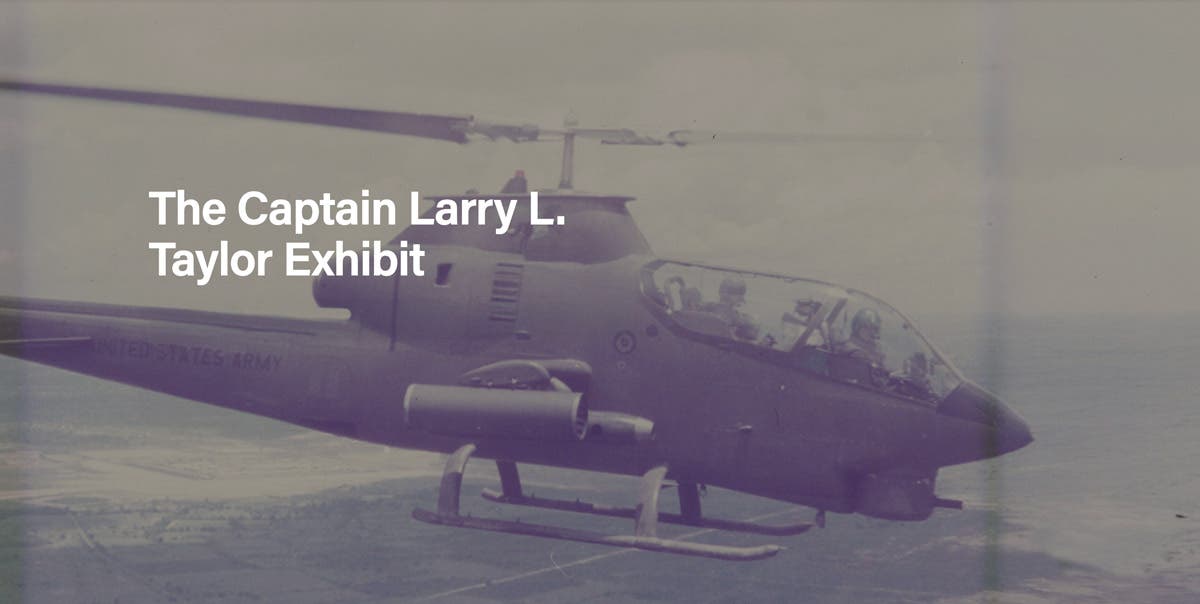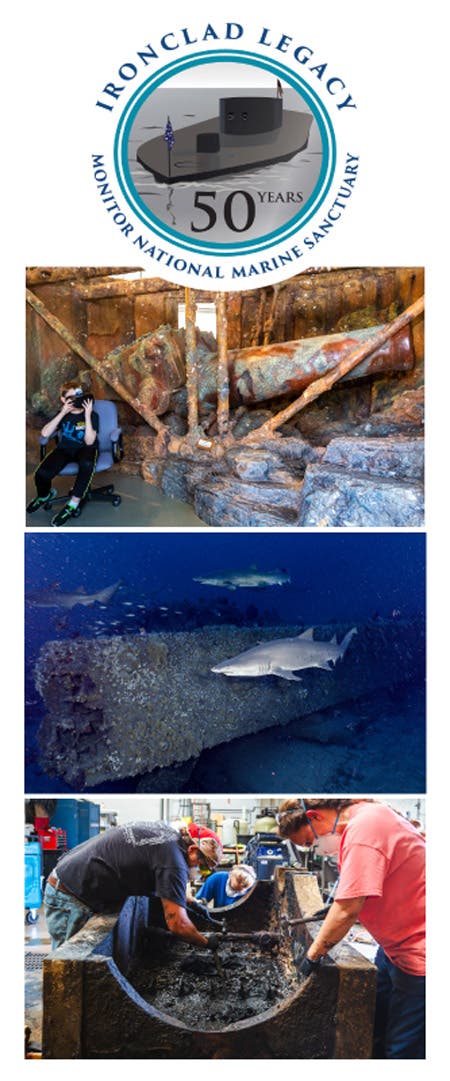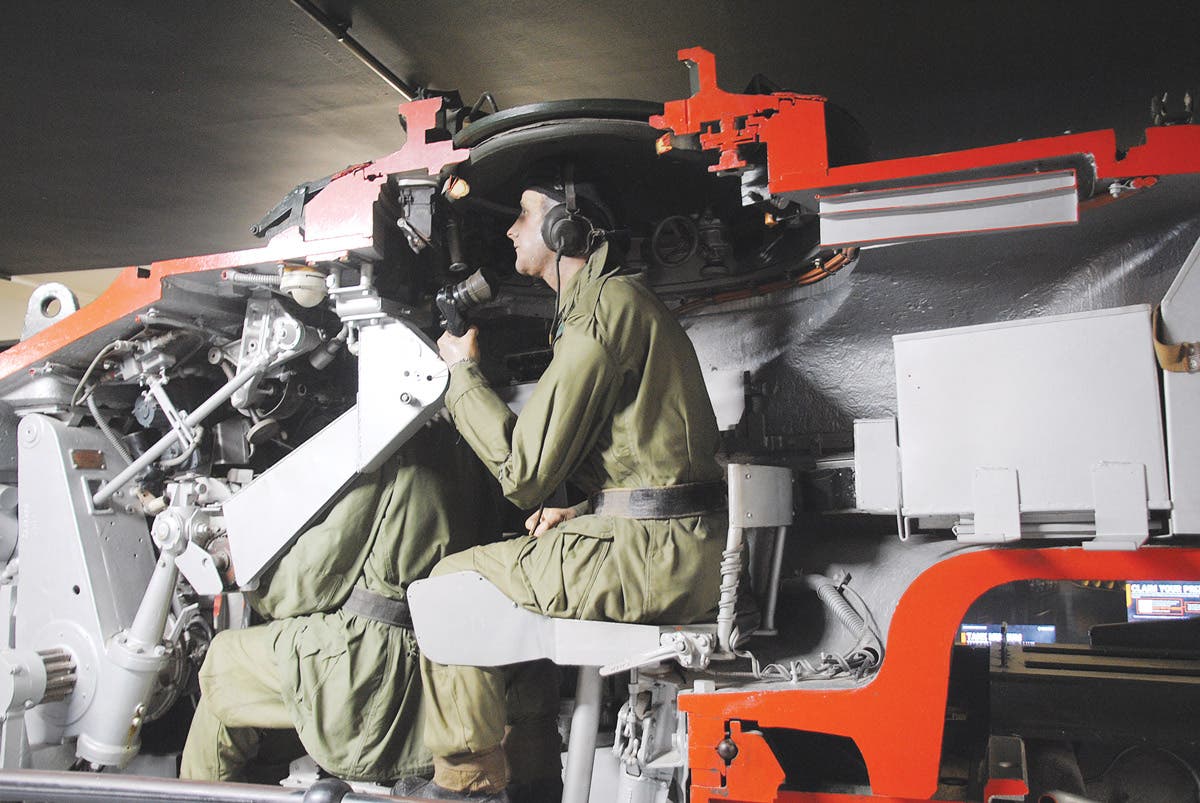Piece of History Goes Down in Flames
This past Monday morning, a human tragedy was averted, but the cost was the loss of a significant piece of history. The restoration, flying and destruction of a WWII B-17G…
This past Monday morning, a human tragedy was averted, but the cost was the loss of a significant piece of history. The restoration, flying and destruction of a WWII B-17G bomber has ignited an old discussion about utilizing or statically preserving historic artifacts.
Last Flight of the Liberty Belle
On Monday morning, June 13, 2011, the privately restored and maintained WWII B-17G bomber called “Liberty Belle” taxied down the Aurora (Illinois) Municipal Airport runway. She was one of about a dozen of the mighty bombers still flying, earning part of her keep by performing at air shows and providing rides to hundreds of paying passengers. In fact, since she took back to the air in 2004, Liberty Belle had provided rides to more than 20,000 people—many of whom were WWII veterans.
The Liberty Belle had been in Aurora for the weekend as a part of a scheduled tour. Over the course of the previous week, the volunteer crew completed a scheduled 25-hour inspection. On Saturday, the weather stayed below the required ceiling to give any passenger flights. The B-17 flew in the morning on a routine training proficiency flight, performing several patterns. Following the flight, other maintenance issues arose that required the crew to cancel the Sunday flying schedule in order to perform the necessary repairs. Though it appears that particular maintenance performed had not anything to do with the chain of events that led to Monday’s fateful flight, they are being reviewed in the preliminary investigation.
Monday morning’s lift off was uneventful, and the crew pointed the Belle to the southeast. Prior to exiting Aurora’s airport traffic area, the B-17 crew and passengers began detected and investigated an acrid smell. Almost simultaneous to the pilot turning back to the Aurora airport, flames were spotted coming from the left wing. The pilot made the radio report: They were “on fire.”
Here is where training—hours upon hours—played a significant role. Anyone who has put their heart and soul into a restoration, be it a building, vehicle or plane, can recognize the desire to save the relic. Though acutely aware of the historic significance of their plane, the pilot, co-pilot and crew of the Belle knew that protection of life supercedes the protection of any relic—however important to history.
The crew spotted a freshly plowed farmer’s field, and rather than combat the fire in the air, decided to put the warbird down immediately. About 1 minute and 40 seconds from the radio report of the fire, the B-17 was down safely on the field and vacated. Within those 100 seconds, the crew shutdown and feathered the number 2 engine, activated the engine’s fire suppression system, lowered the landing gear and performed an on-speed landing. Bringing the B-17 to a quick stop, the crew and passengers safely exited the aircraft.
In the meantime, the Aurora Municipal Airport dispatched firefighting to the landing location. The crew and passengers could do nothing as they witnessed the Belle succumbing to flames before the fire trucks arrived. There were high hopes that the fire could be extinguished quickly and the damage would be repairable. But as the seconds passed, the flames grew and that hope followed the smoke and embers into the sky. Helpless to stop the fire, the seven people watched the Belle’s fuselage turn to ash.
The fire trucks’ response time was nothing unusual and no one is to blame. Aluminum, when it is raised to the point of burning, burns quickly. When you think about it, there is not a lot of structure in a warbird. When it catches fire, a plane’s outer skin and supports disappear quickly. In the worst cases, the fuel and the rubber of the tires add to the volatility.
Questions Arise
Okay, I know that some reporters are rushing to find a scapegoat for this loss. That is not the point of the discussion here. I think most readers of the JAG File understand that relics are old and sometimes, s**t happens.
Ray Fowler, the Chief Pilot of the Liberty Belle Foundation, posted a very informative report on the Foundation’s Facebook page that clearly states the investigation—as in any air accident—is ongoing. Any speculation at this point is just that—speculation.
The accident, however, does remind all of us—collectors, restorers, historians, enthusiasts and dealers—of the ongoing discussion concerning preservation versus utilization. There is no “right” answer, especially if one is talking about private property, but that does not mean it is not useful to discuss it.
Many will argue, an airplane, tank, jeep, PT boat or other military vehicle is best appreciated and understood when it is able to perform its original function. Having had the opportunity to drive Shermans, fire Civil War cannons, fly in T-6 and L-19 warbirds and even sail aboard a reconstructed War of 1812 brig, I will be the first to say, “Heck yeah!” There is a huge appreciation gained through the operation of historic military vehicles and weaponry.
As many of the JAG File readers know, I struggle with a lot of internal personalities. The collector in me wants to own everything. The adventurer in me wants to use everything. The entrepreneur in me wants to sell it all for a profit, and the museum curator in me wants to save it all “for future generations.” It’s a crowded, noisy mess inside the JAG brain. But, when I am able to sort it all out, I can see many facets that are important to a variety of people.
In the case of the Liberty Belle, I can appreciate those who insist historic military vehicles and weaponry should not be trusted to perform as they did when first produced. I know this too well. My best buddy was nearly cut in half by an equipment failure aboard a WWII tank a few years ago. I have seen weapons blow apart at the breach; I have witnessed a Civil War reenactor lose a hand as he swabbed the bore of an original field piece, and I remember the tragic loss of life when a WWII DUKW sank a few years ago.
As with everything that seems to be worth arguing about in this life, there is a trade-off. In order to keep WWII planes flying, the trade-off is accepting that old machines break down, and sometimes, will be lost forever. But the gain, as evidenced by the dedication of the Liberty Belle Foundation and the volunteers who toured the magnificent B-17, thousands of people who may have only seen photos were able to envision the planes that figured so prominently in achieving an Allied victory in WWII. Yes, there is one less flying B-17 as a result of this use, but one must consider the impact that plane had before she expired.
The historic community will never resolve the “restore and utilize” versus “save and preserve” argument. That does not mean, however, that the discussion should not take place. Part of our quest to “preserve and interpret” is to decide how to balance those two noble—sometimes-divergent—goals.
I am really curious how you feel about the use of historic artifacts for the intent of interpretation, be they original uniforms, field gear, vehicles or airplanes. I invite you to share your thoughts by writing to me or posting in the “Comments” at the bottom of this blog. Your opinion matters. It may influence how others approach the preservation, interpretation and significance of our military heritage.
Preserve the memory—Share the History,
John A-G
Editor, Military Trader and Military Vehicles Magazine
John Adams-Graf ("JAG" to most) is the editor of Military Trader and Military Vehicles Magazine. He has been a military collector for his entire life. The son of a WWII veteran, his writings carry many lessons from the Greatest Generation. JAG has authored several books, including multiple editions of Warman's WWII Collectibles, Civil War Collectibles, and the Standard Catalog of Civil War Firearms. He is a passionate shooter, wood-splitter, kayaker, and WWI AEF Tank Corps collector.








